Bow legs, also known as genu varum, are a condition in which legs are bent outwards. In this condition, when feet and ankles are close together, knees remain far apart. It is common in infants, but usually fixes itself by the time they are 18 months old. However, if the condition does not disappear by the time a child is three-year old, it can be regarded as bow legs. There is no medication for this condition, but it can be improved through some correction exercises.
Bow Legs Correction Exercises
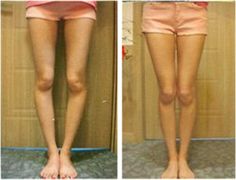
1. Leg Strengthening Exercises
Some leg exercises strengthen muscles in the knee region. This reduces strain on joints and tendons, which improves bow legs. The exercises are only effective for moderate cases of bow legs.
- Lie down on your back and place a 10 pound weight between your feet.
- Hold the weight between your feet, bend your legs at the knees until your feet touch your butt.
- Extend your legs, and then bend them again until they touch the butt.
- Repeat this exercise for 5 to 10 rounds.
- Do the exercise one to three times daily, increasing the number of rounds and using progressively heavier weights with time.
2. Yoga
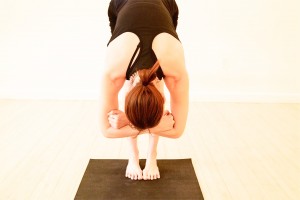
While yoga may seem difficult, it is an effective way to improve alignment and flexibility. Yoga for bow legs correction may be difficult at the beginning, but by using yoga straps, you will improve your condition a lot.
- Start by binding your legs together.
- Follow a yoga routine that includes cow face and forward bends.
- Do these exercises once or twice daily.
Increase the amount of time for the exercise as your legs adjust. This will help strengthen your legs.
3. Pilates
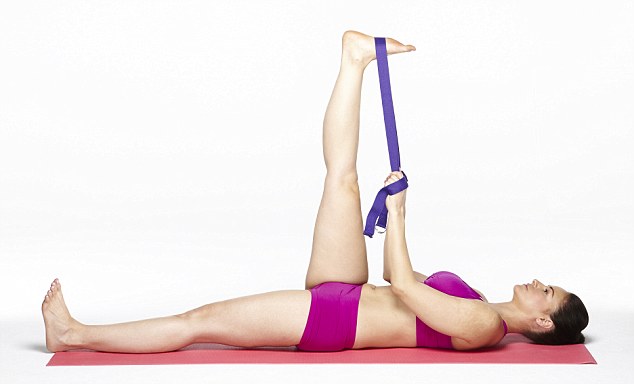
Pilates involves exercises and poses similar to yoga. Doing regular Pilates exercises will help to correct your posture, realign your body and correct bow legs. Exercises such as roll ups and ballerina arms help to develop and tone muscles in your legs and the abdomen.
- Lie on your back.
- Put your legs together and lift them up in the air, and then lower them to the floor.
- Repeat 10 to 20 times per session and increase with time.
As you get used to following this routine, include lifting your torso and tightening your back and abdominal muscles in this bow legs correction exercise.
4. Hip Adductor Muscles Exercises
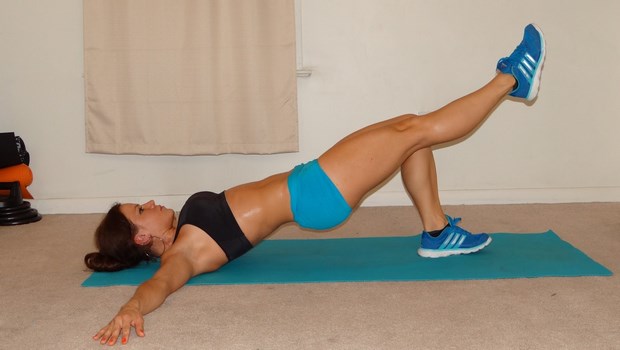
Some reports indicate that weakness in adductor muscles located within the hips is a possible cause of bow legs. First, check whether you have weak adductor muscles: while sitting in a chair, put your feet and knees together. If you find it difficult to put your knees together, you could be having weak adductor muscles.
To start strengthening your adductor muscles, bring together your feet, ankles and knees, and hold. Practice this whenever you sit down.
Adductor muscles help balance the pelvis and support your legs. Practices that strengthen adductor muscles will also work as bow legs correction exercise.
Lesson 1
- Lie down on one side and support your head with one hand; then put the other hand in front of your body to maintain balance.
- Put one of your leg on top of the other.
- Inhale and then slowly lift up the leg on top, exhaling as you move your leg higher.
- Repeat this exercise several times on each side.
Lesson 2
- Lie as in lesson 1, and then raise the leg on top up in the air and hold it there.
- Rotate the other leg from the ankle and hold for three to five seconds.
- Repeat for 5 to 10 times for each side.
- Maintain a straight posture throughout these exercises.
It is important to talk to your doctor before you begin these exercises to make sure they are safe for you.
More Ways to Correct Bow Legs
1. Take Vitamin D
Bow legs can also be caused by vitamin D deficiency. This usually starts with rickets and progresses to bow legs. Taking vitamin D supplements prevents rickets and strengthens bones, thus helping to correct bow legs.
2. Massage Therapy
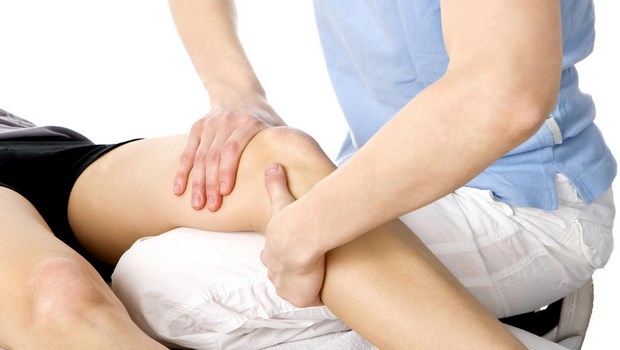
Massage therapy works best for young children whose bones are still in their early stages of development. Massage is done repeatedly over a long period of time and includes moving the legs back and forth while the child lies down. You can improve results by incorporating knee bends in the routine.
- As the child lies on his back, bend the knees and push them back towards the chest, and then pull them forward.
- Repeat this for about five minutes per session.
3. Use Medical Braces
Use of medical braces, casts and special shoes can help to treat bow legs in children. Their use is, however, limited to correcting severe bow legs. They are also used when a child has another medical condition besides bow legs and are worn until a child’s leg bones straighten.
4. Undergo Surgery
While bow legs correction exercise can help, surgery is the only effective method to treat bow legs in adults. It is ideal for cases of severe bow legs. The procedure involves shifting the way bones are connected to the knees as well as reducing the strain on cartilage.
